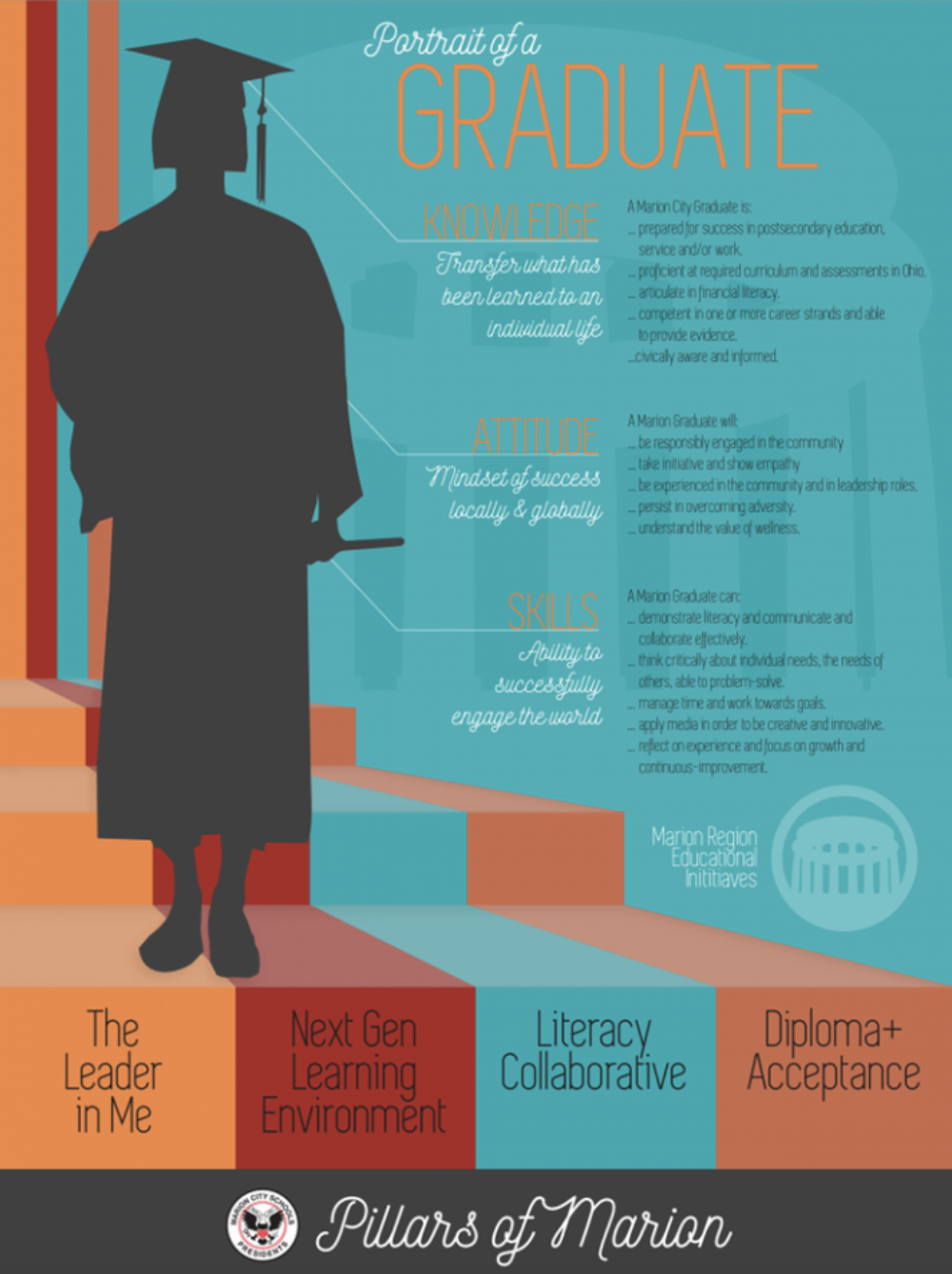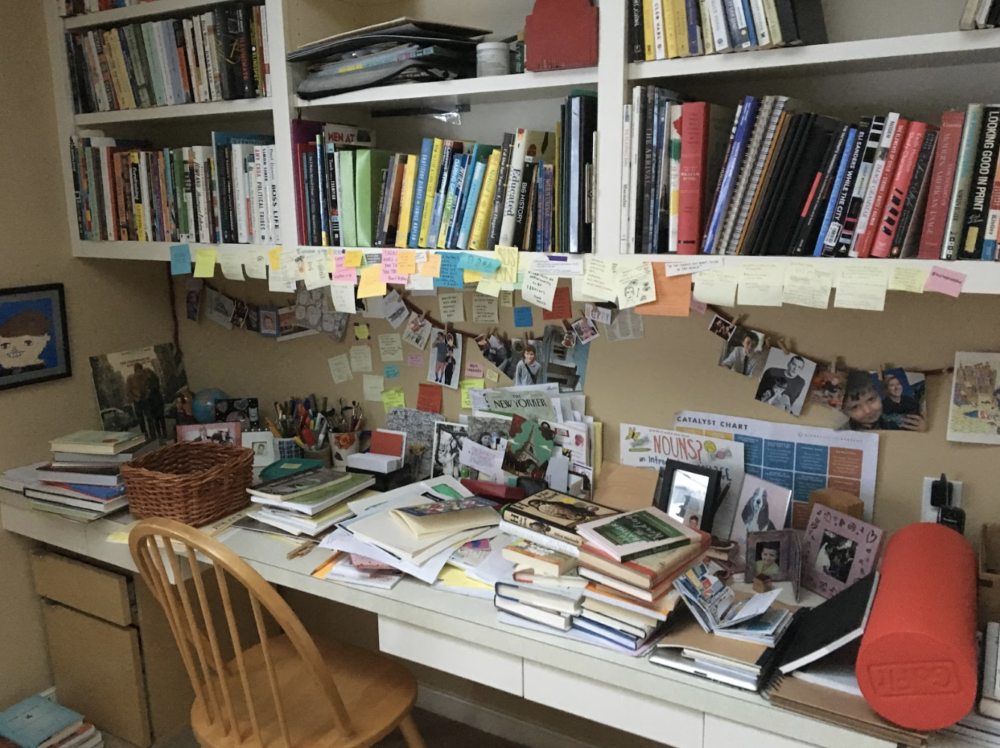Six Ways to Move Beyond the Classwork/Homework Divide (and Never Look Back)
Some years back, a friend of mine was part of a group of parents that had organized and armed themselves for a homework battle with their school. They had research. They had survey data. They had lived experiences of family misery from what they identified as excessively time-consuming, soul-crushing, and family-ruining homework. They had many parents on their team, all equally armed and angry.
When she described the movement and their battle cries, my reply: you couldn’t prioritize homework if you wanted change; rather, you had to focus on the program, one that seemingly required a lot of homework.
There’s no classwork + homework divide in online classes at Global Online Academy. There’s just work (learning). Other settings, especially campus-based schools, can learn from online courses. Athletic teams also offer much to lean on: sports require practice, coaching, and intentionality, all requisite for most learning. Like online classes, these essentials rarely divide into “classwork” and “homework.”
How might we reimagine learning (and practice)?
Here are six ways to aim at learning and disarm the homework battle.
Be intentional.
What do we want students to know and be able to do? What are the best approaches for developing that knowledge and those competencies? What outcomes will illuminate what students have learned and where they need practice?

Source: Marion City Schools
These questions apply at the school level, the program level, the class, the unit, and the assignment levels. As well, they apply to the means used for leading students to build knowledge and skills.
Once competencies and outcomes are established, design learning experiences with intention and attention to what happens where (setting) and how (medium). Determine where online settings can serve learning intentions, e.g. an async discussion in a learning management system. Again, though, determine the why of the medium. Also, be sure to establish how to assess what students have learned and what to do if they fall short of learning outcomes.
Rethink what happens during class time. Go beyond the big, in-person discussion. How often does anyone talk with 18 people at the same time? What would enable more exchanges? Greater interaction? Clarity about the learning students leave with at the end of a class?
Design one week of learning that reimagines time, place, and approach. Use online settings and face-to-face time. Assign no homework. Gather data. Be intentional about what, why, where, and how; vary the where with what best serves the learning purpose, include the where, when, and how of practicing. Return to a typical week; bring back homework and familiar structures; gather data; compare.
Be clear.
Design with clarity about what it takes to learn something. Aim for “deeper learning” when you determine what students will do and demonstrate. Ask yourself how much to cover if you prioritize understanding of core content, application in new contexts, and building competencies for long term use and value well beyond the course.
Work with students on how to practice and self assess. Consider coaches’ caution with practicing; they know how easily bad habits or “polished mistakes” (my son’s cello teacher’s phrase) develop. Be clear about what students can do to learn and to assess their learning; coach them: help them analyze their work and identify what to target and how to do so as well as how to unpack and learn from missteps or confusion. Pursue all of this with the goal of building student agency and autonomy. Inform approaches with what we know from neuroscience about sticky learning. Leverage video (and other media), widespread in athletics and online spaces (and not for lectures).
Learning to Ride a Bike
Be about learning.
It’s easy to get lost in the content forest and end up stuck in coverage trees.
Of course, knowledge matters. Determine the knowledge students need and resist what we might want them to know. Emphasize the skills to gain knowledge. For example, teach data analysis (in the context of content), rather than a wander through dense data. Ensure students can apply skills to novel data problems and situations.
Prioritize learning and competency growth over completion and compliance. As a participant said in our recent professional learning course, Rethinking the Role of Content,“While the move toward a 'content curator' is an important step in our faculty's self-understanding, ultimately deeper learning requires faculty that primarily think of themselves as coaches for competency and dedicate more time and energy to providing feedback to students in those skill areas. To rethink the role of content in schools requires faculty to rethink their identity as teachers and gain sufficient confidence to give feedback to students about their skills.”
Be real.
Gather excellent info and resist the “arms race.” More isn’t always better; it’s sometimes just more. And, more quickly loses its appeal when volume prevents digging in on anything or a struggle to determine where even to start.

In “A Letter from Stanford's Dean of Undergraduate Admissions,” Rick Shaw wrote “After six or seven Advanced Placement courses we have a pretty good idea of how academically capable a student is and that they’re up to the challenge of college.” And, remember, many students go to college and succeed, having taken no AP classes (and, increasingly, no standardized tests).
Be about students.
Design experiential ways, using design thinking, to build awareness of the student experience. Consider as well how faculty learning leads to student learning. What is the teacher experience? When and how do faculty learn in your school? Do teachers struggle to provide substantive, actionable feedback on student work? Is there too much work for everyone? Use human-centered, empathic approaches to be about students, learning, and the people who most influence student learning, teachers.
Be open to change.
How has your program evolved? Dig in courageously on what impedes change. Explore options for when, where, and how learning can happen and what practice is essential. Again, prioritize learning experiences that lead to “deeper learning”; determine the evidence you and your students can seek for measuring it and its long term value. Be ready to pivot or revise if such evidence reveals you need to.
There are models and partners for those seeking change. Big Picture Learning Schools are different. Challenge Success partners with schools “...to implement research-based strategies that promote student well-being and engagement with learning.” The Mastery Transcript Consortium has assembled some 200+ schools that are exploring alternatives to our current system. And, these varied endeavors are moving beyond false dichotomies, such as that between content and skills. After all, how can we learn anything without the skills for doing so?
Finally, remember that we all learn better with sleep, with joy, with genuine interest and curiosity, and with clarity about the what, the why, the when, and, most of all, the how.
How are you rethinking homework and class time? Let us know on Twitter @GOALearning or write an email: hello@GlobalOnlineAcademy.org.

